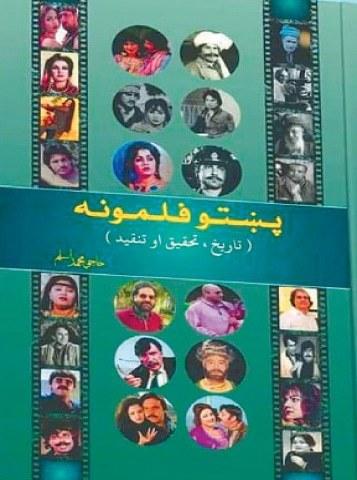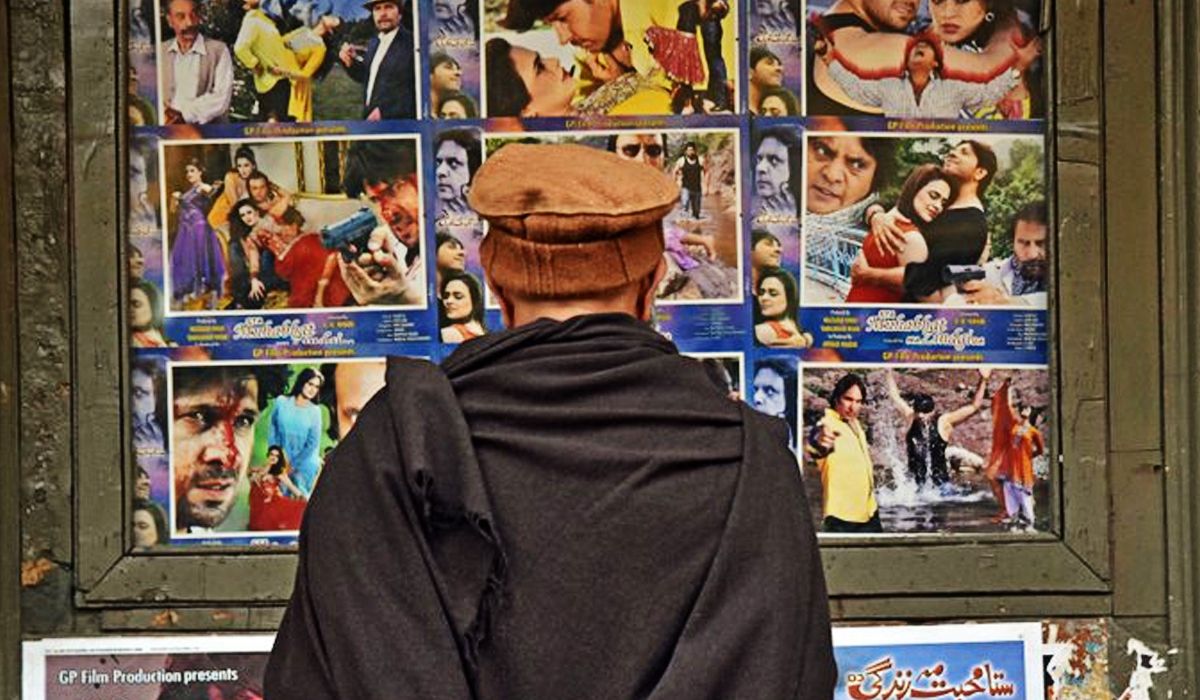Senior pashto writer Haji Muhammad Aslam Khan just launched a comprehensive book about the history of Pashto films and cinema.
Titled as ‘Pashto Filmona’, the book is spread over 600 pages and has detailed background information about the rise and fall of Pashto cinema.

The book gives readers a brief detail about the first ever Pashto movie ‘Laila Majnoon’ released in pre partition era in 1941 in Mumbai which was then followed by ‘Yousaf Khan Sher Bano’ released in 1971. The book enlists a total of 782 Pashto films released till date.
The book contains every necessary detail about pashto cinema and people related to the pashto film industry
The author Muhammad Aslam Khan said that he had documented detailed profiles of Pashto film actors, directors, producers, choreographers, playback singers, songwriters, financers, promoters, and even cinema theatres. The book also includes beautiful and rare photographs of Pashto cinema personnel and makeup artists.

“It took me several years to collect rare references including photographs, film posters, storyboards, and interviews with senior and surviving artists. Surfing old archives for the scripts was indeed a tough job but I was able to put them together. I hope it will prove a crash course for the film critics,” the author told Dawn.
“My book also provides a detailed analysis of the downfall of the Pashto cinema, its quality, music, contents, representation, and reflection of the Pashtun socio-cultural life,” he added.
The book, as per his claims, is the first of its kind and houses detailed and authentic information regarding the Pashto film industry and almost everything related to the Pashto cinema and theatre.
Earlier, the author had published another book titled ‘Tair Hair Awazoona’ which was a huge success and was widely acclaimed by readers and researchers alike.
Thumbnail / Social image credits: Shiraz Hassan


